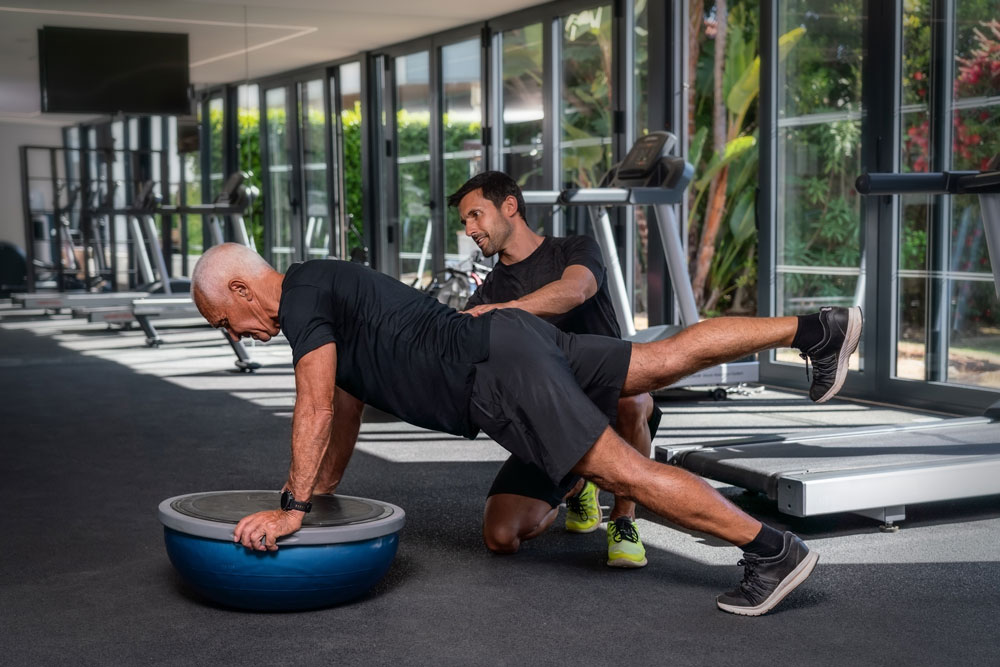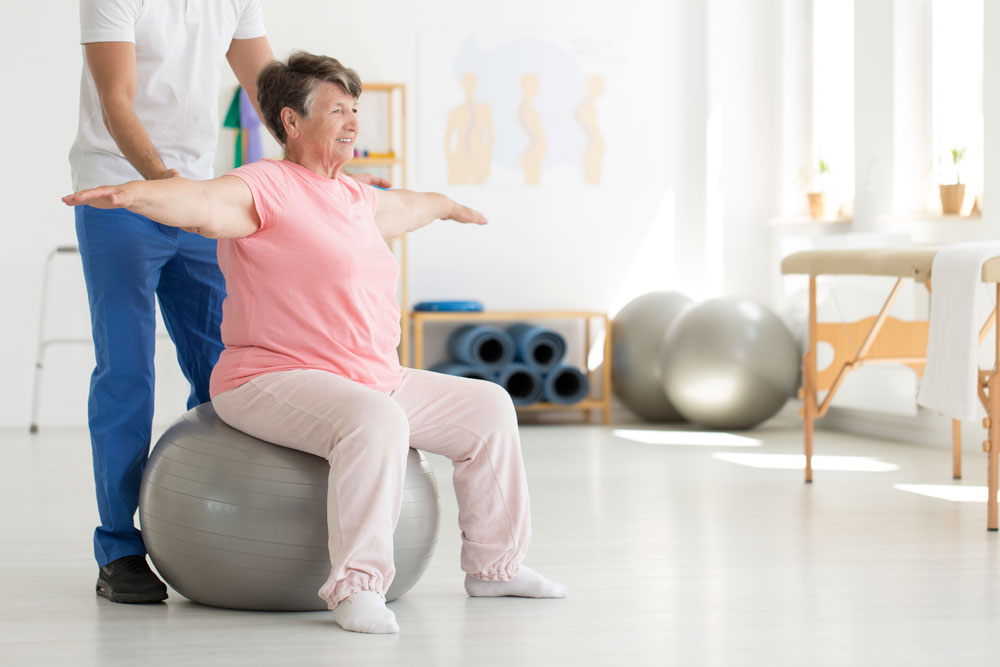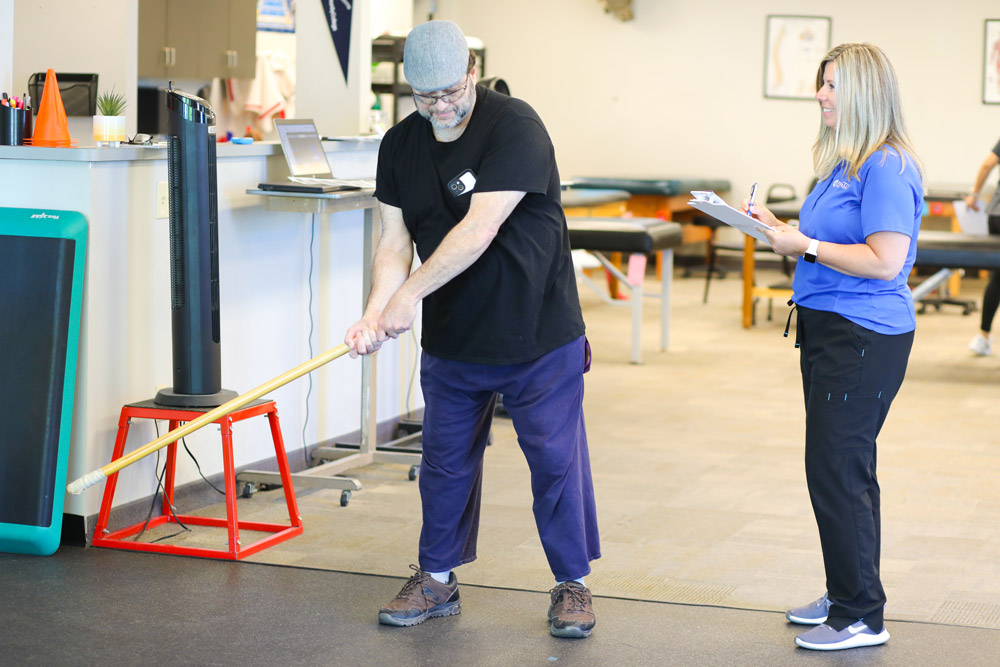Balance is something we all strive to achieve. We have come to believe that if things are in balance…Life is good! Balance is most important when we are talking about walking around the planet for one very important reason. Without proper balance, it can lead to falls, and physical therapy can help provide treatment to improve balance.
Balance issues and falls…..How big is it?
-
One in three adults age 65 and older falls each year.
-
Of those who fall, 20% – 30% suffer moderate to severe injuries, making it hard to get around or live independently.
-
Older adults are hospitalized for fall-related injuries five times more often than they are for injuries from other causes.
-
In 2009, emergency departments treated 2.4 million nonfatal fall injuries among older adults. More than 662,000 of these patients had to be hospitalized.
How Does the Balance System Work?
Your sense of balance comes from many different systems working together to create stability in your body and your vision. Good balance depends on correct sensory information, proper use of that information by the brain, and the right muscle response. The sensory information that is needed comes from your visual, somatosensory, and vestibular systems:
-
Visual system: Your vision provides important information to the brain about your environment, specifically where your body is in relation to the horizon while still or moving.
-
Somatosensory system: You have special sensors in your muscles, tendons, joints, and skin that are sensitive to stretch, pressure, vibration, and touch. These help your brain to know how your body is positioned.
-
Vestibular system: Balance organs in the inner ear tell the brain about the movements and position of your head. This system senses head movement and keeps your eyes focused.
Putting it All Together
All of these systems send information about your current state to the brain stem. The brain stem also receives information from other parts of the brain, mostly about previous experiences that affect your sense of balance. Your brain can control balance by using the most important information for a particular situation.
For example, in the dark, when the information from your eyes is reduced or inaccurate, your brain will use more information from your legs and inner ear.
Once your brain stem sorts out all of this information, it sends messages to the eyes and other parts of your body to move in a way that will help you keep your balance and have clear vision while you are moving.
How Can a ProActive Physical Therapist Help Improve Balance?
If you feel dizzy, off-balance, or have fallen, a physical therapist can help determine how well you use these systems to keep your balance. The physical therapist may instruct you in specific exercises that address the problem and improve how your body uses all these systems together.
ProActive Physical Therapy has developed research-based assessments and programs. We offer a free balance assessment at each of our clinics. In addition, physical therapists are trained to help you achieve optimal balance, reducing your risk for falls.






